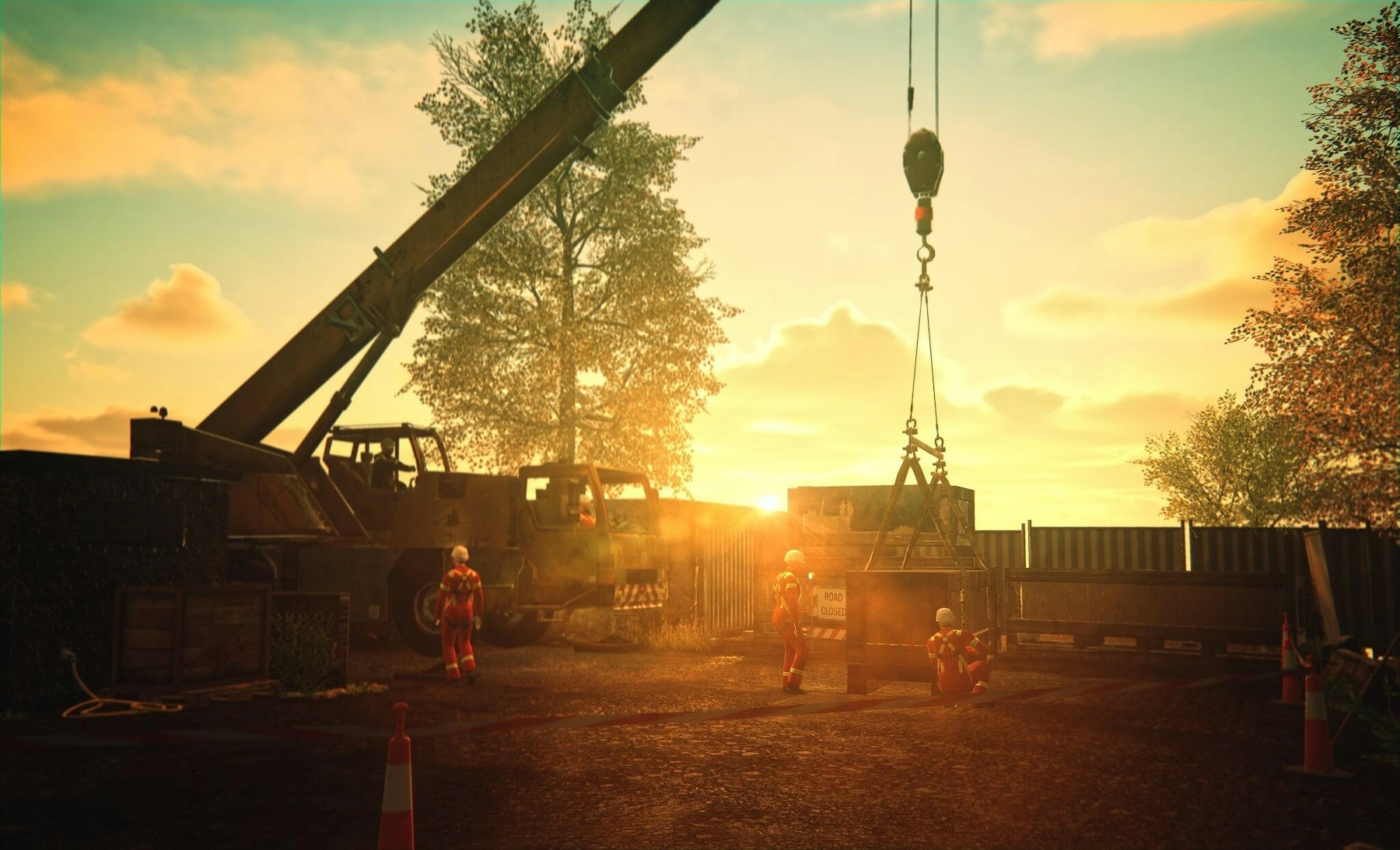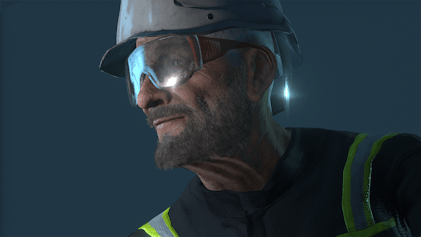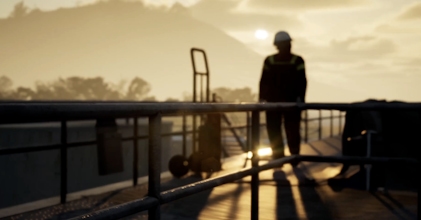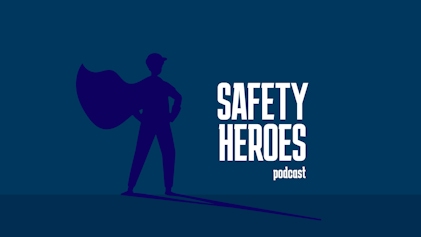Islam Adra is a Health Safety and Environment (HSE) Professional & Advocate and PhD candidate. He brings 13 years of experience implementing safety programs across high-risk industries which include construction, oil and gas, and manufacturing. Islam is the former Chair of the United Arab Emirates’ branch of the Institution of Occupational Safety & Health (IOSH). He functions as a Principal Safety Advisor at Pixaera - bringing his industry experience to help develop realistic and engaging safety training modules for VR and PC.
Training is an essential part of any good incident prevention strategy.
Implementing a culture of safety starts and ends with the tools you use to teach your workers how to be safe on-site. The end goal is ensuring that everyone comes home safely to their families each day. Despite the vital nature of this training, safety modules are often dry and uninspiring.
The same problems plague most safety programs: information overload and what many call “death by PowerPoint." And that’s not just death from boredom; serious on-site incidents can occur if you’re not engaged in retaining the information from your safety training.
We’re living in a “one day shipping” type of world. We can order products from Amazon in the morning and they’ll arrive by afternoon. Our cars can parallel park themselves. Smart watches tell us about our sleep, exercise and recovery.
Why has the safety training world stayed static amidst all of these advancements?
Studies show that students in an active learning environment - one that encourages learning by doing - learned more than students that engaged in “passive” learning techniques like traditional classroom lectures. Additionally, students in active learning classrooms gave higher overall course evaluations - meaning they learned more and enjoyed themselves more. When dealing with a serious topic like job site safety, increasing engagement is a key consideration.
This is why I partnered with the Pixaera team. Active, immersive simulations are a key component of a safety program that engages users - and breeds positive results.
These simulations are a tool to help your company’s safety culture get where it needs to be. However, you can’t get there without the right mindset. Here are three key pillars of an active and effective safety culture:
Trust & Transparency
How do you go into a company and architect a culture change? Like many aspects of the business world, an effective safety culture starts at the upper levels.
Employees have to trust that their corporate leaders are following up their words and promises with tangible actions that will reduce incidents and injuries. Leaders need to embed themselves in the mindset of workers on site. Stay open and honest about the steps your company is taking; be prepared to leverage feedback from your workers and incorporate it into your strategy.
Psychological Safety
Most strategies fixate exclusively on physical safety; making sure no one gets physically injured on site. What’s often left behind, however, is fostering an environment where it’s ok to be yourself, speak your mind and challenge norms.
Workplaces and work sites need to be safe spaces where employees don’t fear ridicule or punishment for sharing their perspectives. A positive safety culture will incorporate the views and opinions from all levels of the business. This way, you’ll build an environment that’s fueled by learning, sharing and challenging each other for positive change.
Creative Leadership
Safety isn’t an exciting, charming or loveable topic. That doesn’t mean it can’t be engaging.
When I took over as the Chair of IOSH in the UAE, I didn’t feel that sense of excitement or “juice” from most of our members. I knew that sparking some excitement and momentum would require a little creativity.
With a few small steps, I started to see change. I began recording a quarterly video update to post on our social media channels. Our team organized the UAE’s first-ever Women in Safety event to empower our female membership. We organized Corporate Social Responsibility events in the community - including behind-the-scenes, all-access tours to world-renowned facilities to see how large entities deploy safety strategies in the field. Our group conducted trips to visit Expo 2020 (a massive cultural festival in Dubai) and Emirates Global Aluminum (one of the largest corporations in the UAE). My personal favorite was a backstage tour of Le Perle - a famous entertainment performance that closely mirrors Cirque du Soleil. Talking safety strategy is one thing; seeing it carried out in an exciting environment piques everyone’s interest just a little bit more.
Our membership grew by 11% - compared to 2% from the year prior. Buy-in increased because we made IOSH engaging and fun.
Laying the groundwork for effective safety cultures is what I do best. My work is personally rewarding because I feel like I’m contributing to life-saving work. Pixaera is revolutionizing the way safety training is done; their vision aligns with mine.
I’ve been a safety trainer and seen the failures and weaknesses of most inefficient safety programs. Pixaera addresses those gaps by making people care about safety. When you can live out a simulation and see the consequences of your actions, it translates to real work on site.
Safety culture doesn’t have to lag behind. Creative and disruptive strategies can help more workers return home safely at the end of each workday.



